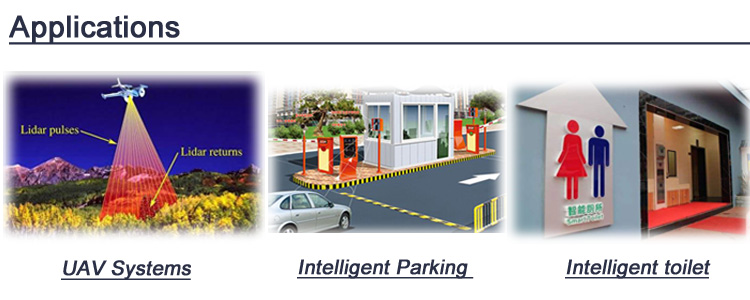The Influence of Heavy Snow and Cooling Weather on Fruit Trees and Countermeasures The heavy snow and cold weather have a great impact on the fruit trees, with both positive and negative sides. 1. Advantageous aspects. One is to improve the soil moisture in the orchard, improve the cold resistance of fruit trees, especially mountain fruit trees, which is conducive to the growth and development of fruit trees in spring. The second is precipitation and cooling, which can freeze some of the overwintering pests, effectively reduce the overwintering base, reduce the pressure on pest prevention and control in the growing season, and help orchards to increase production and income. 2. The downside. First, the temperature drop, especially the drastic drop in temperature, has caused frost damage to fruit trees, which has a greater impact on fruit trees with poor cold tolerance such as pomegranates, cherries, and kiwis. Heavy, has a certain impact on fruit yield and quality. Second, snowfall, especially heavy snow, will frost the branches, especially the one or two-year-old fruiting branches, which will affect this year’s fruit output and the income of fruit farmers. At the same time, snow accumulation around tree trunks or artificial accumulation of snow will cause the main root distribution area The soil temperature is lower than the surrounding soil temperature for a certain period of time, and when the duration is longer, it will cause root freezing damage. At present, we mostly adopt ridge cultivation, the root system is relatively shallow, and it is more prone to root freezing damage caused by a large amount of local snow. Third, the impact on the fruit trees in the greenhouse is also great. First, there is the risk of snow overwhelming the scaffolding. Second, the low temperature, high humidity and low light weather seriously affect the growth and results of the fruit trees in the greenhouse, especially the current cherries and nectarines. It has been or is entering the flowering period and is greatly affected by this. 3. Countermeasures. One is to remove snow from tree trunks. Snow falling on tree trunks and branches can easily cause local low temperature in the part of the snowfall, especially when it melts snow, it is more likely to cause local frostbite. It must be swept down or shaken off in time. Generally, do not use bamboo poles or sticks to knock down snow , To prevent damage to the branches and aggravate frost damage. The second is to clear the snow near the tree disk. Snow accumulates near the tree tray, on the one hand, it directly causes the soil to cool down drastically and frostbite the root system; on the other hand, when the snow melts, the cold snow water melts into the ground, causing the root system to suffer secondary frost damage. Therefore, the snow near the tree tray should be cleared in time after the snow stops. The third is "clothing" to prevent cold. For young fruit trees such as pomegranate with poor cold resistance, wrap the branches with chemical fiber blankets or other cold-proof items after snow to reduce the continuous low temperature hazard. Fourth, pay attention to cold-proof bonsai potted fruit trees. For potted fruit trees, surround the pot with thick grass thatch, insulation blankets, and soil to prevent frostbite from sticking to the capillary roots of the pot wall. Temporary single arch sheds can also be built to prevent cold. Fifth, clear the snow on the greenhouse in time, reduce the load of the greenhouse, and reduce the risk of collapse. Be sure to observe the actual conditions of the greenhouse during operation, and do not enter the greenhouse before snow removal to ensure personal safety. After the snow stops, open the greenhouse cover at the right time to increase the temperature and humidity as best as possible, and strive to increase the fruit setting rate and reduce the yield loss. If conditions permit, the problem of light, temperature and humidity can be solved by installing facilities for increasing temperature and supplementing light and placing quicklime. Disclaimer: Some articles on this website are transferred from the Internet. If the legal rights of a third party are involved, please inform this website for processing. phone Industrial 100Hz LiDAR Solutions
Industrial Laser Distance Sensor of the IT02S & IT03M series are designed for measurements of moving targets. The LiDAR distance sensor is a ToF (Time of Flight) LiDAR sensor capable of measuring the distance to an object as close as 3 centimeters and as far as 15 meters! The LiDAR laser sensor is widely used in many innovative applications on the market, including smart dustbin, unmanned supermarket etc.long distance control system.
Application areas of the sensor are:
> Black surface can be up to 8m
Industrial Lidar Sensor,Tof Laser Measurement Module,Tof Sensors,Time Of Flight Distance Sensor Chengdu JRT Meter Technology Co., Ltd , https://www.jrt-measure.com
> Harsh environments, like outdoors in strong sunlight
> UAV/Drone Systems
> Intelligent Parking
> Smart Measure Systems
> Intelligent toilet
